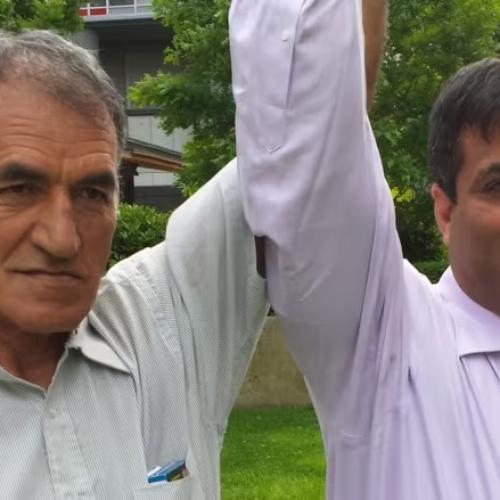Related Stories
An Indigenous reservation has a novel way to grow food – below the earth’s surface
Key Excerpts from Article on Website of The Guardian (One of the UK's Leading Newspapers)
Posted: January 9th, 2023
https://www.theguardian.com/environment/2022/dec/03/south-da...
Near the southern border of the Pine Ridge Reservation in South Dakota, a curved translucent roof peeks out a few feet above the dusty plains. Below ground, at the bottom of a short flight of stairs, the inside of this 80ft-long sleek structure is bursting with life – pallets of vivid microgreens, potato plants growing from hay bales and planters full of thick heads of Swiss chard and pak choi. This is an underground greenhouse, or walipini, and the harvesters are members of the Oglala Sioux Tribe. It is one of at least eight underground greenhouses that, over the past decade, have been built or are being constructed on the reservation – which has one of the highest poverty rates in the US. Some hope they can help solve the interconnected problems of the lack of affordable, nutritious food and the difficulties of farming in the climate crisis. Today, more than half of the residents of Oglala Lakota county, one of three counties within the boundaries of the reservation, live below the poverty line. Food access is a huge problem. The 2.1m-acre reservation is classified as a “food desert” with only a handful of grocery stores. And health outcomes, including diet related diseases, are poor – about 50% of adults over 40 have diabetes. Neil Mattson, professor and greenhouse extension specialist at Cornell University’s School of Integrative Plant Science, says underground greenhouses could help to usher in more year-round food production across the northern US but they are still fairly new in the country.
Note: Explore a treasure trove of concise summaries of incredibly inspiring news articles which will inspire you to make a difference.
Related Stories
Top Inspiring News Articles
Top Inspiring News Articles from Years Past













































































